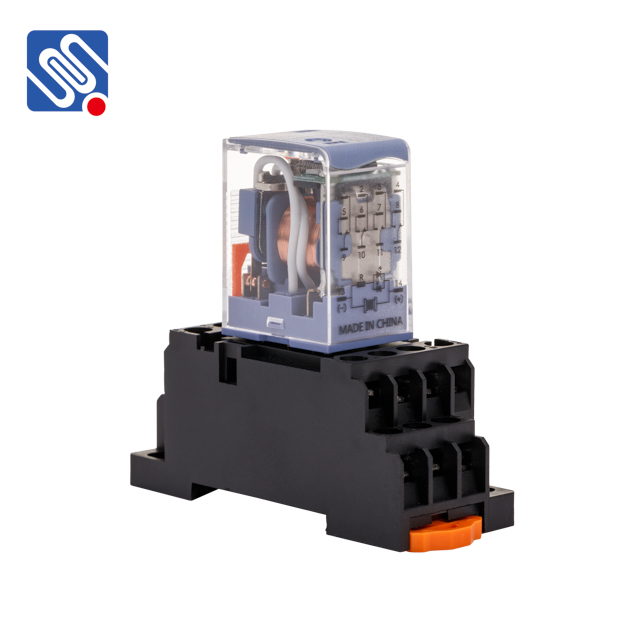understanding the 24vdc relay: function, applications, and selection criteria
Release time:2025-08-10 03:12:00
A 24VDC relay is an essential component in many electrical systems, acting as a switch to control circuits and devices. These relays are designed to operate with a 24-volt direct current (DC) input to energize their coils, making them ideal for low-voltage control applications. In this article, we will explore the key aspects of 24VDC relays, including their function, applications, and the factors to consider when selecting the right relay for a given task.

Function of a 24VDC Relay
A relay is essentially an electromagnetic switch that allows you to control one circuit with another. It consists of a coil, which, when energized by a current, generates a magnetic field that activates the relay's contacts. A 24VDC relay is powered by a 24V DC supply, and its primary function is to open or close electrical contacts to control larger electrical circuits. This makes it an essential component for applications where direct manual control is impractical or where isolation between circuits is needed.
The 24VDC relay typically features a coil that requires a 24V DC input voltage to become energized. When the coil is energized, it creates a magnetic field that moves the armature, opening or closing contacts. This action allows the relay to switch between circuits with low voltage and high current, or even control an entirely different power source.

